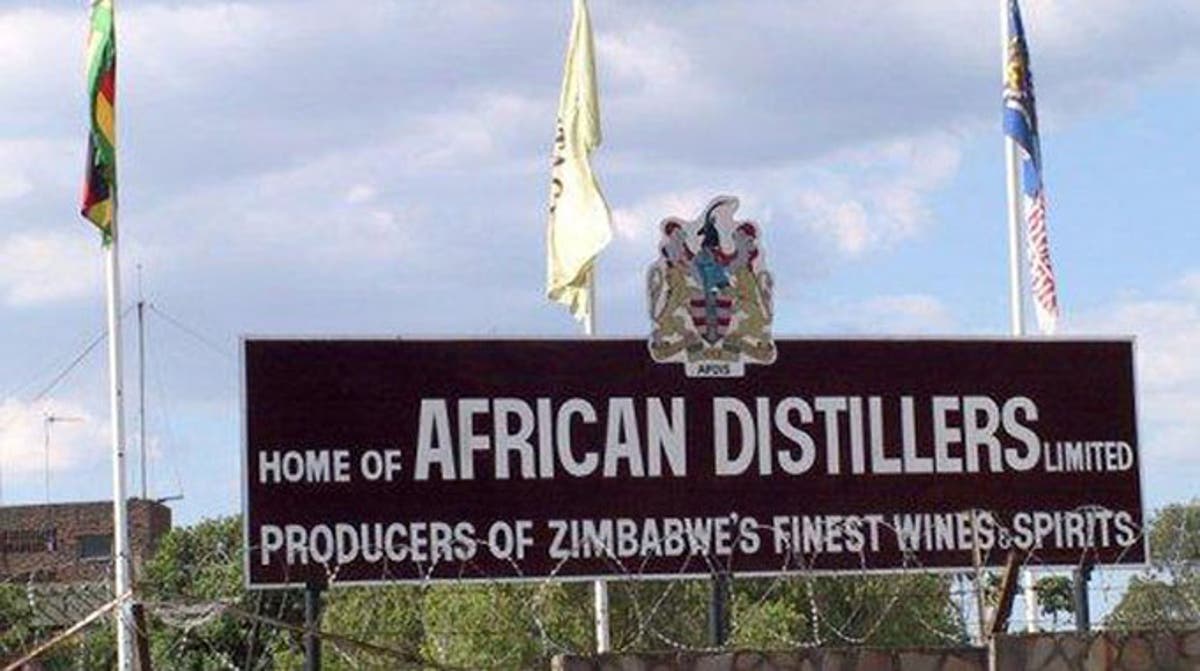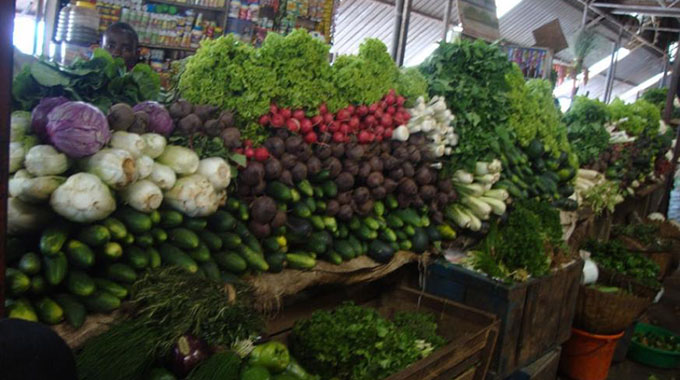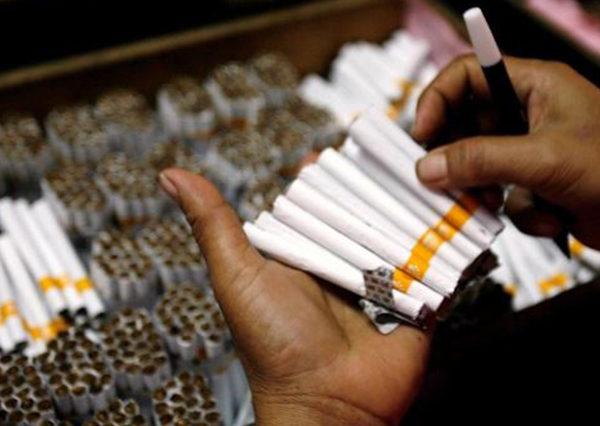Cigarette output falls nearly 50pc since 2023
Zimbabwe’s cigarette output fell by nearly 50 percent, data from a Tobacco Industry and Marketing Board (TIMB) report shows, citing operational “challenges” at a major manufacturer.
The 2024 figures indicate that 4,422 billion sticks were produced, a drop from 8,807 billion in 2023.
Zimbabwe boasts 10 cigarette manufacturers, including British American Tobacco (BAT), Pacific, and Cut Rag.
Tobacco volumes for cigarette production fell to 3,316 million, from 6,605 million in 2023, representing a fraction of available tobacco value addition, statistics show. Cut rag production rose to 3,273 million from 2,546 million the previous year.
TIMB-Chairman-Patrick-Devenish
The tobacco value chain begins with cut rag blend production and then progresses to cigarette manufacturing. The country has 17 primary cut rag producers, including Cut Rag Processors, Amadol, and British American Tobacco.
Zimbabwe is pushing for tobacco value addition to maximise value from the golden leaf. The Government’s Tobacco Value Chain Transformation Plan emphasises enhancing value addition, recognising the significant multiplier effect on the value of raw tobacco when processed into cut rag and cigarettes.
Since 2021, Zimbabwe has witnessed a fluctuating but upward trajectory in the percentage of tobacco being value-added. Initially, 7,16 percent of the 90,17 million kg available was processed.
This figure rose to 10 percent of 81,5 million kg in 2022, before experiencing a marginal decline to 8,8 percent of 11,1 million kg of available tobacco for processing in 2023. The most recent data indicates a recovery, with 10,1 percent (or 7,2 million kg) of available tobacco processed in 2025. The report highlights a significant underutilisation of existing infrastructure within Zimbabwe’s cigarette industry.
While the country boasts a total installed cigarette production capacity of 16 billion sticks annually, current utilisation is about 27 percent.
The disparity indicates substantial idle capacity and lost economic potential. Similarly, the cut rag sector, a crucial link in the tobacco value chain, faces comparable challenges.
Despite a local installed capacity of 30,4 million kilogrammes, utilisation remains low at just 24 percent. To address these inefficiencies, TIMB strongly advocates for targeted incentives to bolster specific local beneficiation value chains.-chronicle











